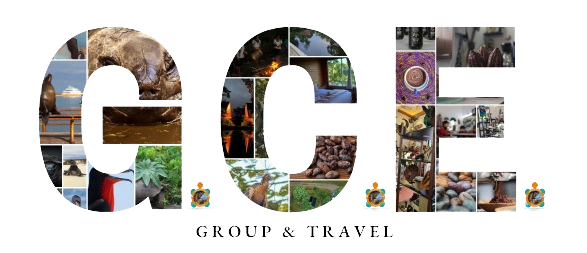The real story about Galapagos Islands’ discovery
Galapagos is a relatively young archipelago with volcanic landmasses, located in South America, some miles near the equator line. It was formed by tectonic shifts coming from the Nazca Plate. It became famous after Charles Darwin visited it, but do you know its beginnings?
Fun Fact: This archipelago has not much more than 25,000 inhabitants, and has fragile, endangered species that make this place a check into anyone’s bucket list every year. Other islands, older than Galapagos’ Isabela and Fernandina, have disappeared with the passing of time, while these ones, which are newer, are still strong and alive. See more facts here:
Galapagos’ Timeline in 10 facts and curiosities

- Many artifacts and other evidence found by archeologists give us the idea that Galapagos was visited by individuals who lived during the pre-Columbian era. There’s nothing else than this to fully prove that theory, though.
- The first official visit to the archipelago was recorded in 1535. Galapagos was officially discovered in 1535 by a fray, whose name was Tomas de Berlanga. He was the Bishop of Panama, and he took notes on the amazing animals and landscapes he was able to see when he accidentally sighted Galapagos while he was sailing to Peru.
- Yes, it was just an accident, so if this hadn’t happened, the archipelago would have been discovered a long time later!
- The Bishop emphasized his surprise about the giant tortoises when he was writing his report to King Charles V of Spain.
- The first maps that included Galapagos on their routes appeared in 1570, drawn by Gerardus Mercator and Abraham Ortelius.
- However, the name of the archipelago was not “Galapagos”, but “Insulae de los Galopegos”, a Latin name that stands for “Islands of the Tortoises”.
- 23 years later, in 1593, the first English captain, named Richard Hawkins, arrived to the islands.
- In 1684, William Ambrose Cowley drew the first navigational charts, naming them after the honor British royalty. Later, they were changed to their Spanish names, since Ecuador was not an English colony but Spanish.
- Woodes Rogers performed a voyage to the islands in 1709.During the trip, he saw that Alexander Selkirk was stranded on the Juan Fernandez Islands, and this fact inspired Daniel Defoe to write Robinson Crusoe.
- The first permanent inhabitant in the islands was marooned in Floreana in 1807. His name was Patrick Watkins, and he grew vegetables to trade them with the crews from whaling vessels that visited the islands, in exchange of rum. Some years later, Watkins moved to the mainland and was imprisoned.
- Charles Darwin has been one of the most important characters for Galapagos Archipelago, since he wrote one of the most famous books on history, “Origin of the Species”, which speaks about the evolution of species, after his visit to the islands and his studies on its endemic species.
- For more than 300 years before the 1900s and after its discovery, Galapagos became the sanctuary not only for animals, but also for whalers… and pirates. It was the base of operation for many illegal actions, and their most famous port was Buccaneer Cove, in Santiago Island.
- In 1831, the first person to recommend a permanent colonization of the Islands was Jose de Villamil, a General who persuaded the government of Ecuador to include the archipelago into its regions.
With Galapagos Center Expedition you can know all the things that define Galapagos as an interesting place to visit. More stories and facts like these, on our webpage… and with our guides at each island!




